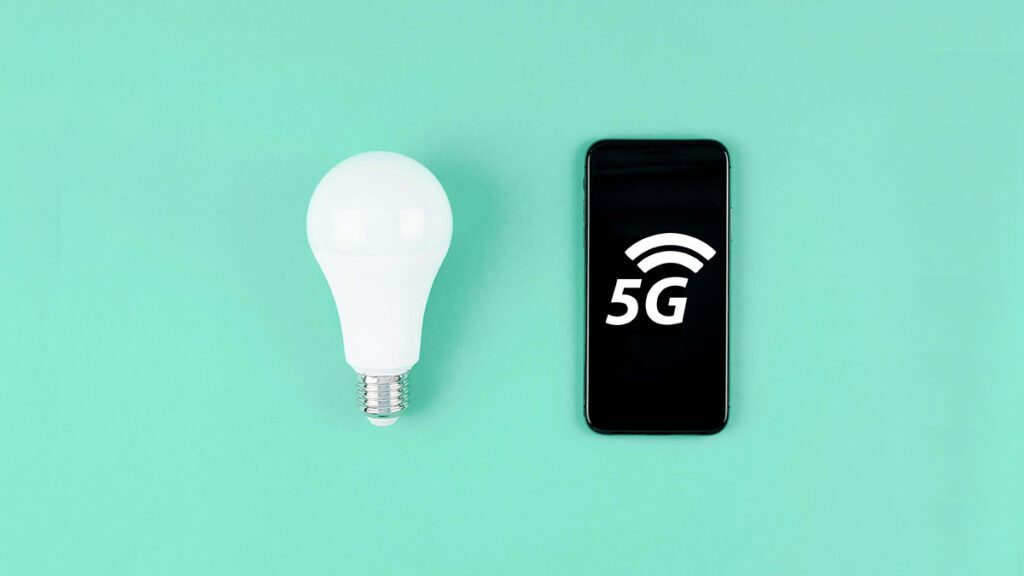
5G has promised to bring many changes to how we lead our lives.
Faster speeds, more security, an ecosystem supporting technological innovations, autonomous vehicles, robots, telemedicine, and so much more.
However, while fueling the Fourth Industrial revolution, the fifth generation of mobile networks will need to be adopted with a green hand to usher in environment-friendly policies and regulations.
According to a report by the Canadian Wireless Telecommunications Association (CWTA), the information and communication technology (ICT) sector will account for 3.5 percent of annual carbon emissions by next year, a larger share than both the aviation and shipping industries.
“That figure could jump to 14 percent of worldwide emissions by 2040, roughly equivalent to the percentage now attributable to the entire population of the United States,” the report highlighted.
And with the rise of 5G, experts predict that networks are expected to support 26 billion devices and connections worldwide by 2022, an increase of about 10 billion from 2015.
This is a natural occurrence, as 5G will bring with it a myriad of different devices such as cameras, sensors, smart appliances, smart factories, homes, and cities, which will eventually lead to more energy consumption.
Thus, the key lies within the infrastructure.
“This is a real concern for 5G,” Zach Chang, a carrier network product manager at Huawei said in a report by the Chinese tech titan. “It will be much more powerful than 4G in terms of processing power and bandwidth and has the potential to cover the whole Earth’s population,” he added.
Chang highlighted if the efficiency of the entire infrastructure doesn’t go up, it won’t make financial or environmental sense, and won’t be sustainable.
However, international standards for 5G networks are calling for greener ways of consuming energy in contrast to their 4G counterparts, with a goal to transmit more data using less power which would decrease the wattage required for all Internet traffic.
According to the report by Huawei, a single kilowatt-hour (kWh) of electricity is sufficient to download about 300 high-definition movies with 4G; 5G, however, use the same kilowatt-hour to power about 5,000 ultra-high definition movie downloads.
Major Chinese telecom providers have deployed new 5G base stations in Hangzhou that require fewer heat-generating electronic components, while using powerful artificial intelligence (AI) software to properly manage power, while trading air-conditioned cooling for open-air cooling.
“Compared to 4G stations, the new stations use almost 20 percent less electricity. That saves an estimated 4,130 kWh of power per site per year, which translates to about 1,125 kilograms (kg) of carbon emissions,” the report by Huawei said.
Similarly, Swedish Nokia and Spanish Telefonica have already begun paving the way for a greener approach of their 5G capabilities.
The telecom giants kicked off a 4G and 5G energy efficiency research that focused on the power consumption of the Radio Access Network (RAN) in Telefónica’s network, using Nokia’s AirScale portfolio, including AirScale Base Stations and AirScale massive MIMO Adaptive Antenna solutions, on-site base station energy consumption readings in various traffic load scenarios were combined, ranging from 0-100 percent.
Eleven different pre-defined traffic load scenarios, which measured energy consumed per Mbps, were tested, with the study revealing that 5G RAN technology is significantly more efficient per data traffic capacity than legacy technologies.
“We are committed to supporting action on climate change and engender a sustainable culture throughout our entire company,” Juan Manuel Caro, director of operational transformation at global CTIO at Telefónica, said in a statement.
Across Europe and Japan, telcos have developed base stations that use liquid cooling and solar power, which can drastically reduce energy expenses by nearly a third, while lowering CO2 emissions by up to 80 percent.
And it doesn’t stop there.
Both Nokia and Telefonica are currently developing a smarter energy network infrastructure, alongside power-saving features powered by AI and machine learning (ML). The telecom giants have pledged to limit global warming to 1.5 Celsius, with Nokia aiming to lower emissions from its operations by 41 percent by 2030.
“Our greatest contribution to overcoming the world’s sustainability challenges is through the solutions and technology we develop and provide. Nokia’s technology is designed to be energy efficient during use, but also require less energy during manufacture,” Tommi Uitto, president of mobile networks at Nokia said in a statement.